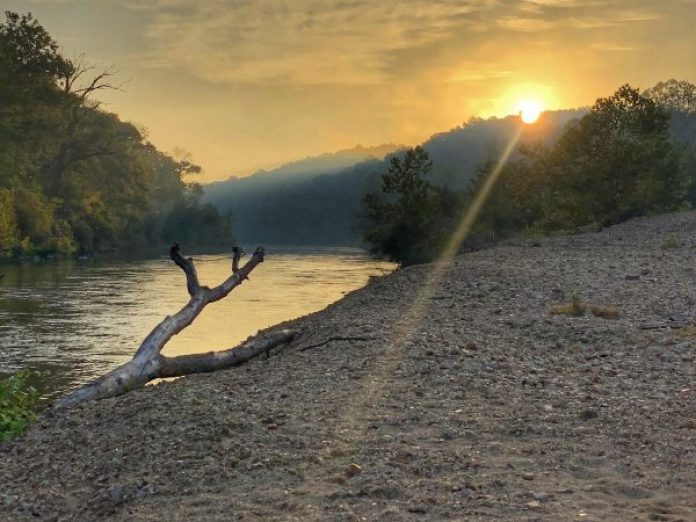PROTECTING WESTERN RIVERS AND WATERSHEDS – The buying and protection of western rivers and watersheds has been the operating model of the Western Rivers Conservancy for over thirty years. The WRC purchases critical western river frontage and watersheds and transfers stewardship to state, federal or tribal organizations. The goals are to 1) maintain long-term, sustainable management and 2) make more western land available for public use.
The WRC Mission Statement makes these principles clear:
“Western Rivers Conservancy protects outstanding river ecosystems in the western United States. We acquire land to conserve critical habitat, provide public access for compatible use and enjoyment, and cooperate with other agencies and organizations to secure the health of whole ecosystems.” -WRC
WRC manages successful acquisition projects in Washington, Oregon, California, Idaho, New Mexico and Colorado. Two notable acquisitions now conserve critical steelhead waters in California and bighorn sheep nursery and rearing grounds in Idaho.
Acquiring 47,000 acres along the Blue Creek of the Klamath River in California was a 10-year project. This land has been transferred to the Yurok Tribe for stewardship.
The 2,920-acre Ten Mile Creek Ranch, including 4 miles of the Snake River in western Idaho, was acquired in August, 2018.
“The Hells Canyon herd numbers roughly 150 head, and upwards of 50 to 80 percent of the ewes give birth and rear their lambs on the property.” -WRC
WRC is working with Idaho Fish and Game to protect this property.
Modern Conservationist recently reported:
“Often, WRC-acquired lands are conveyed to one of the federal land management agencies. The Forest Service, Bureau of Land Management or U.S. Fish and Wildlife Service, for example. And paid for with funds from the Land and Water Conservation Fund. Although this means WRC has less say in the management of that property, Doroff says it provides for permanent protection, bolstered by accountability.”
In the same report, Modern Conservationist interviewed Sue Doroff, President and Co-Founder of WRC. She explained:
“An ideal property is one where we know it has tremendous value to wildlife and fish. And one where we’re confident that we can find a long-term steward who’s going to share our vision and be able to take care of it.”
This is an interesting approach to conserving critical natural environments. Do you think we could see this become a trend in public land conservation?















